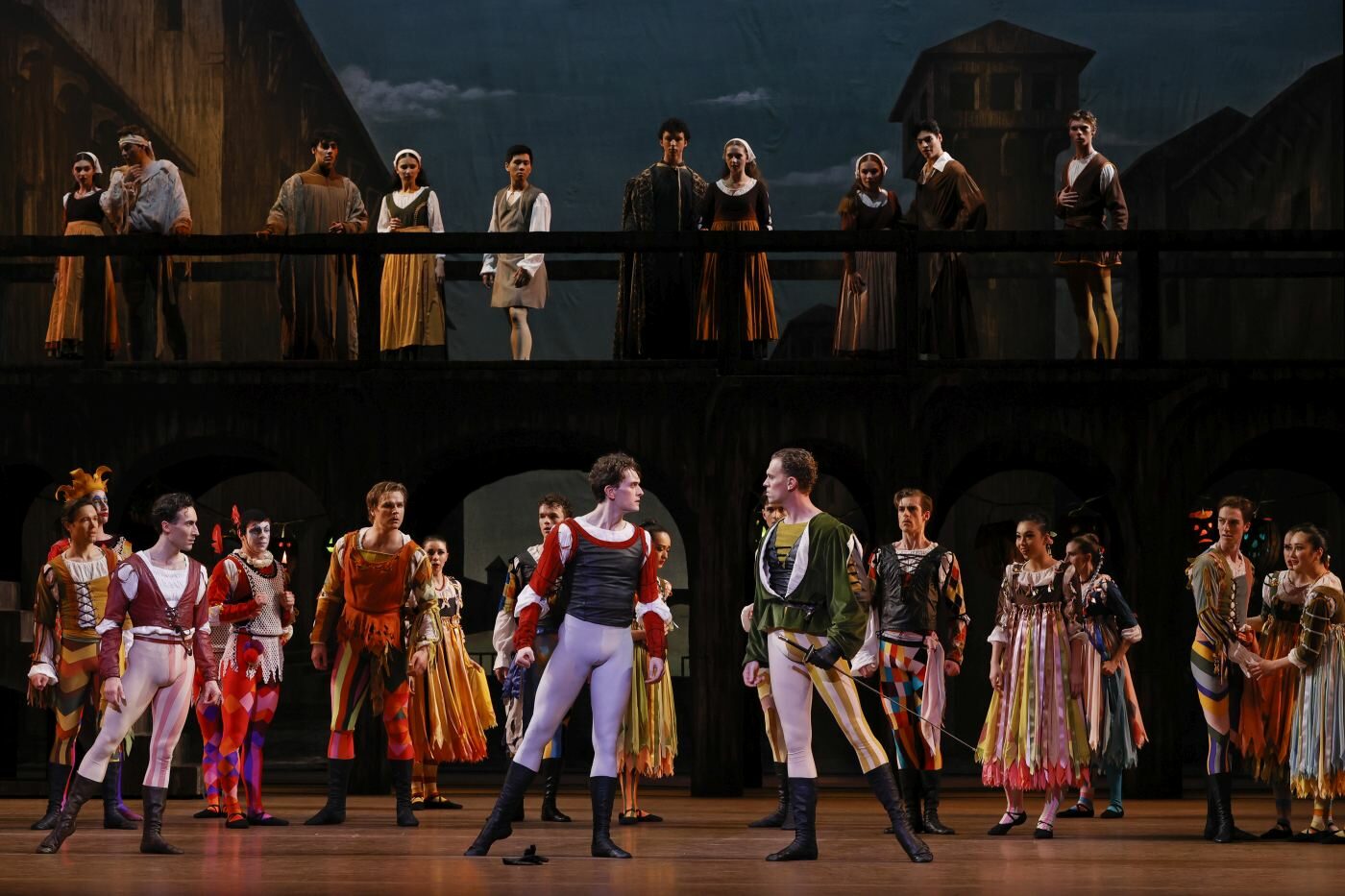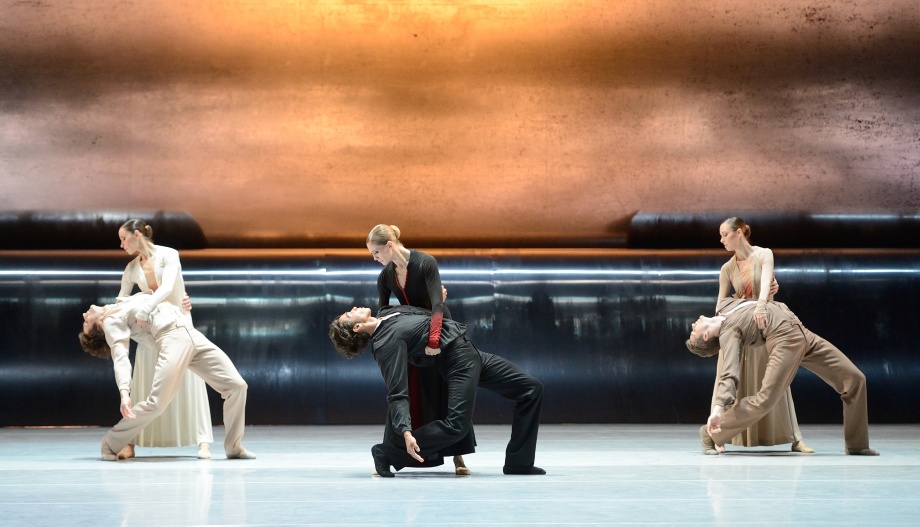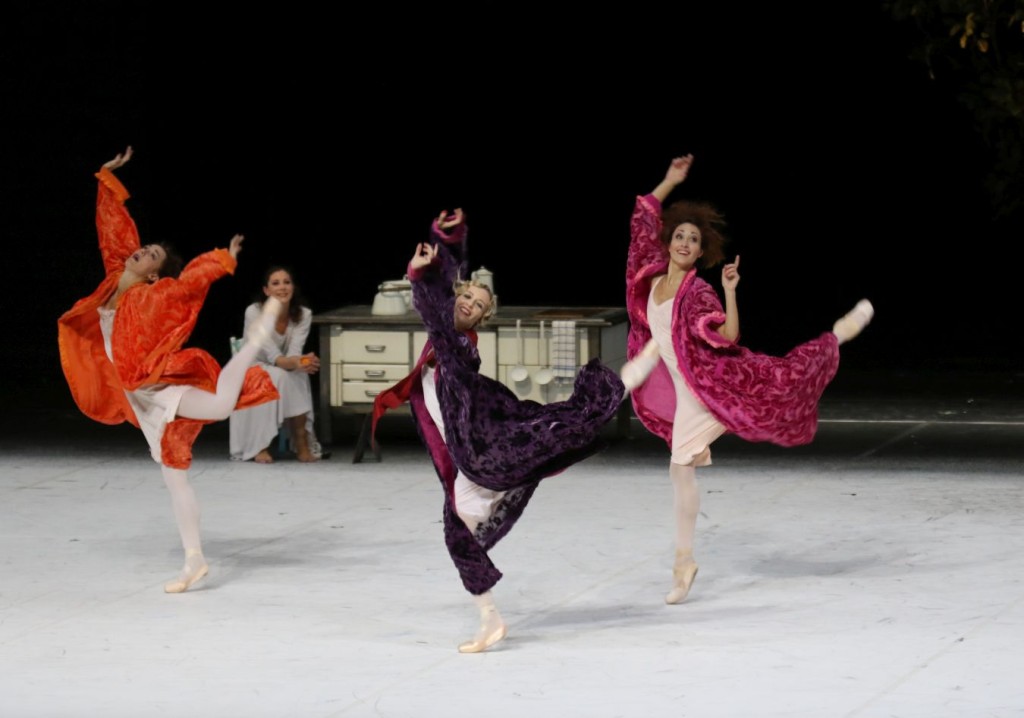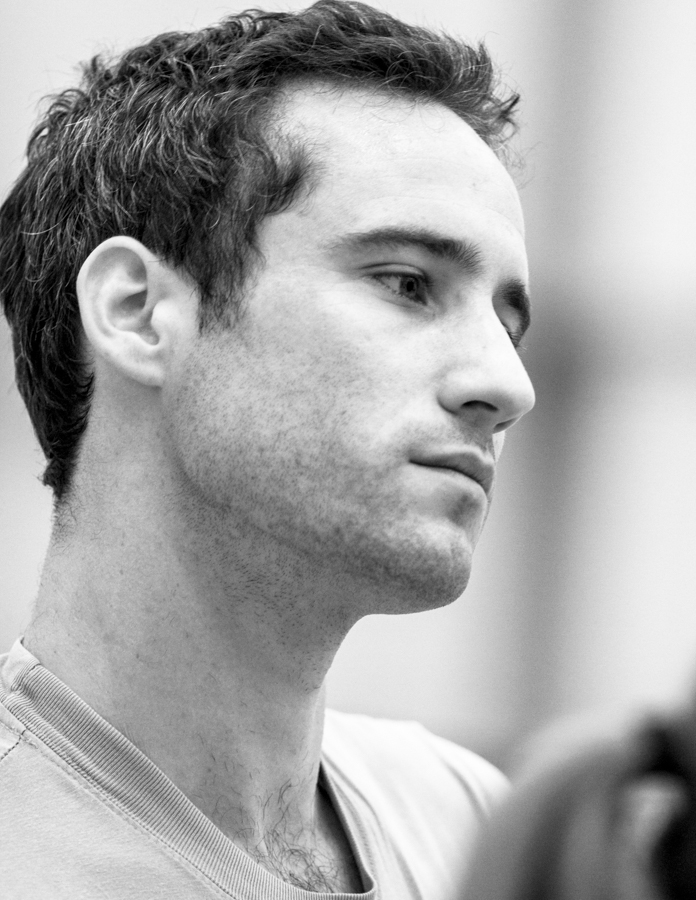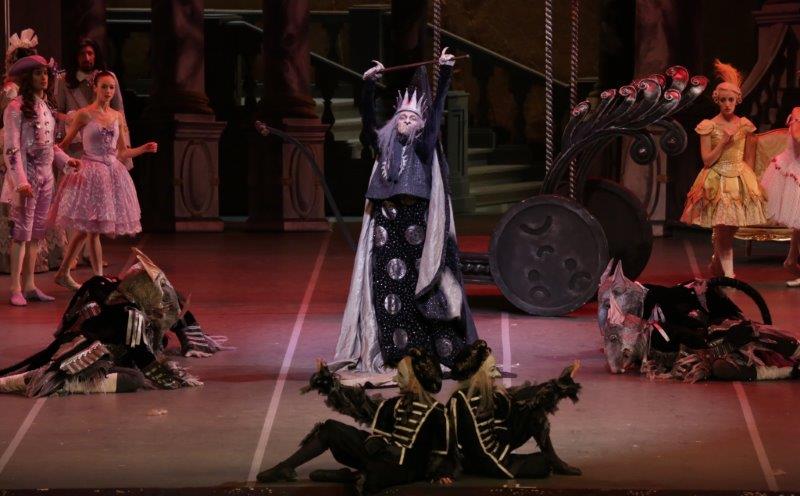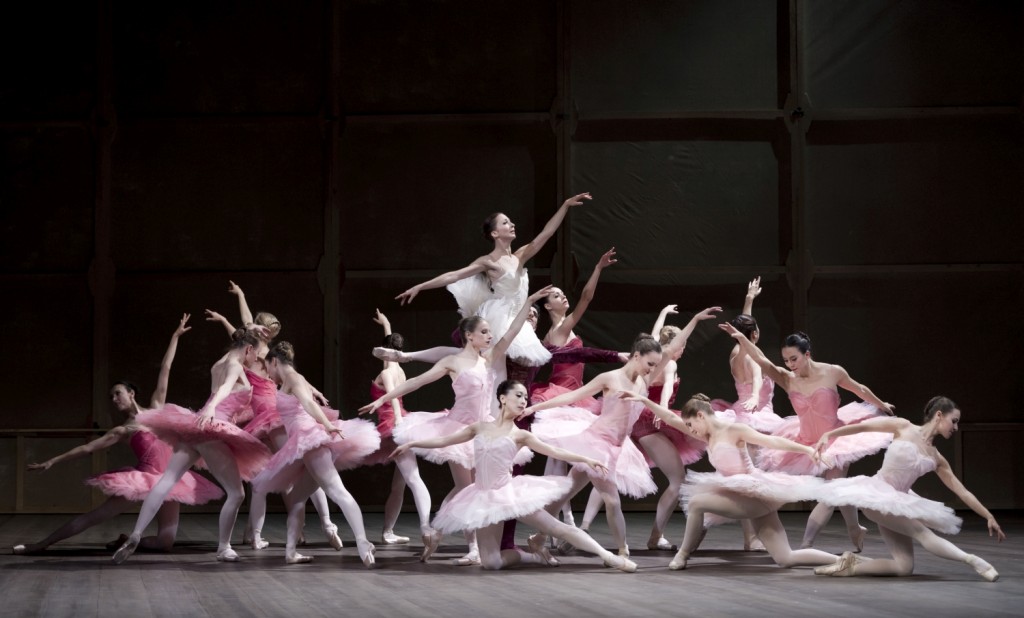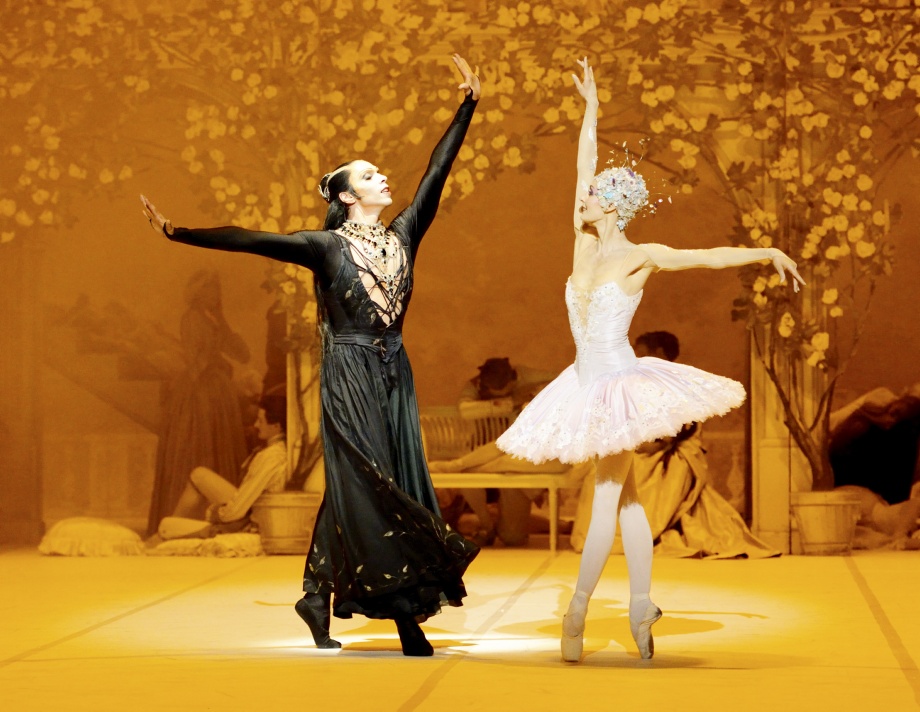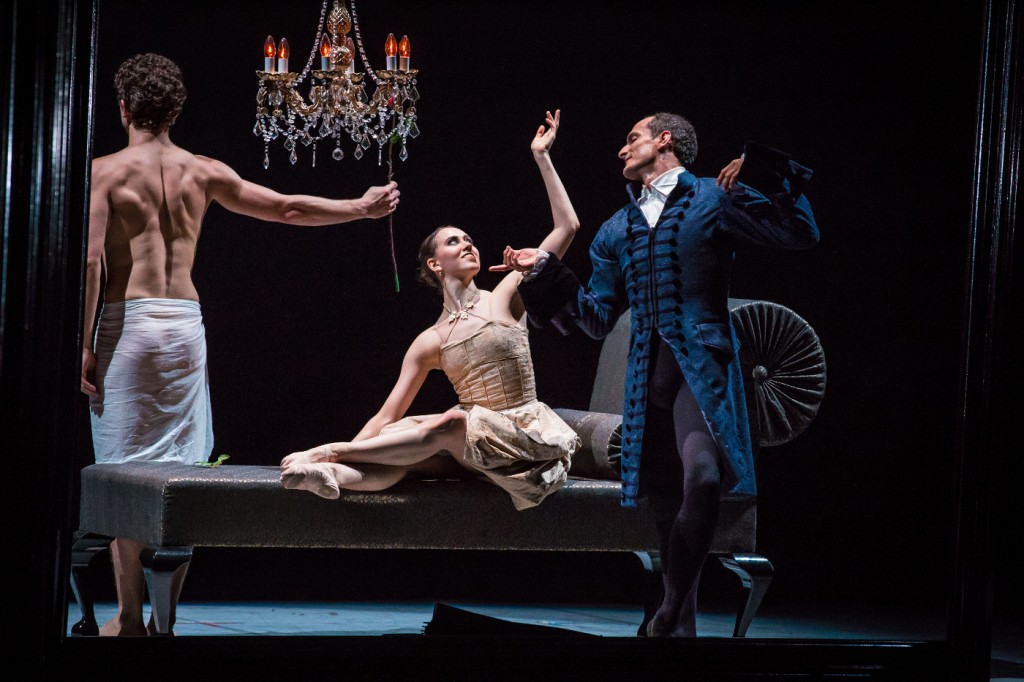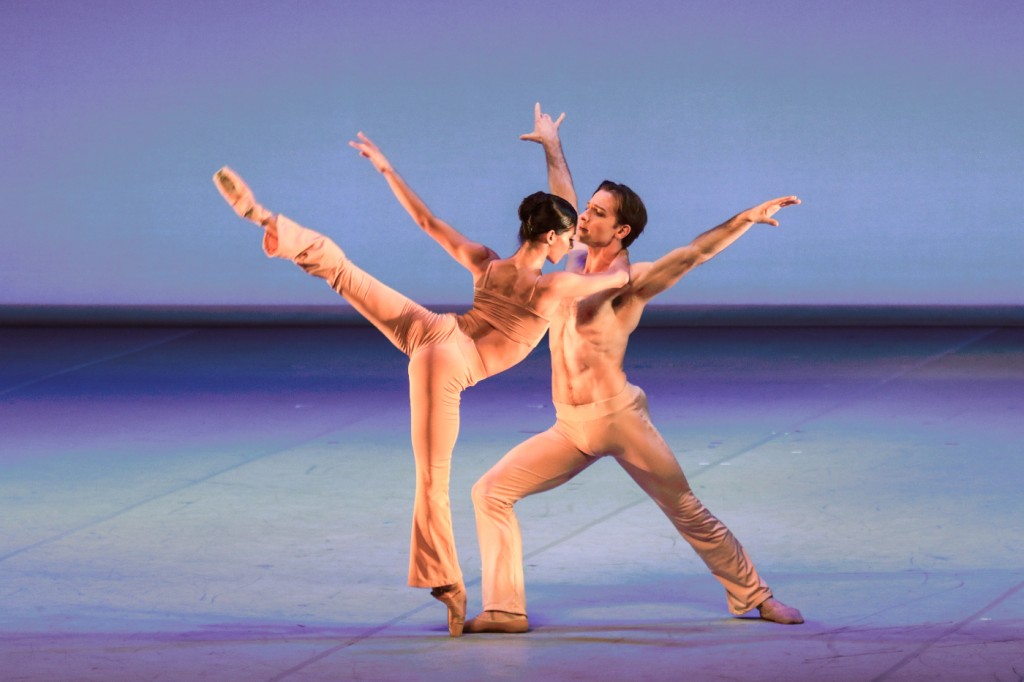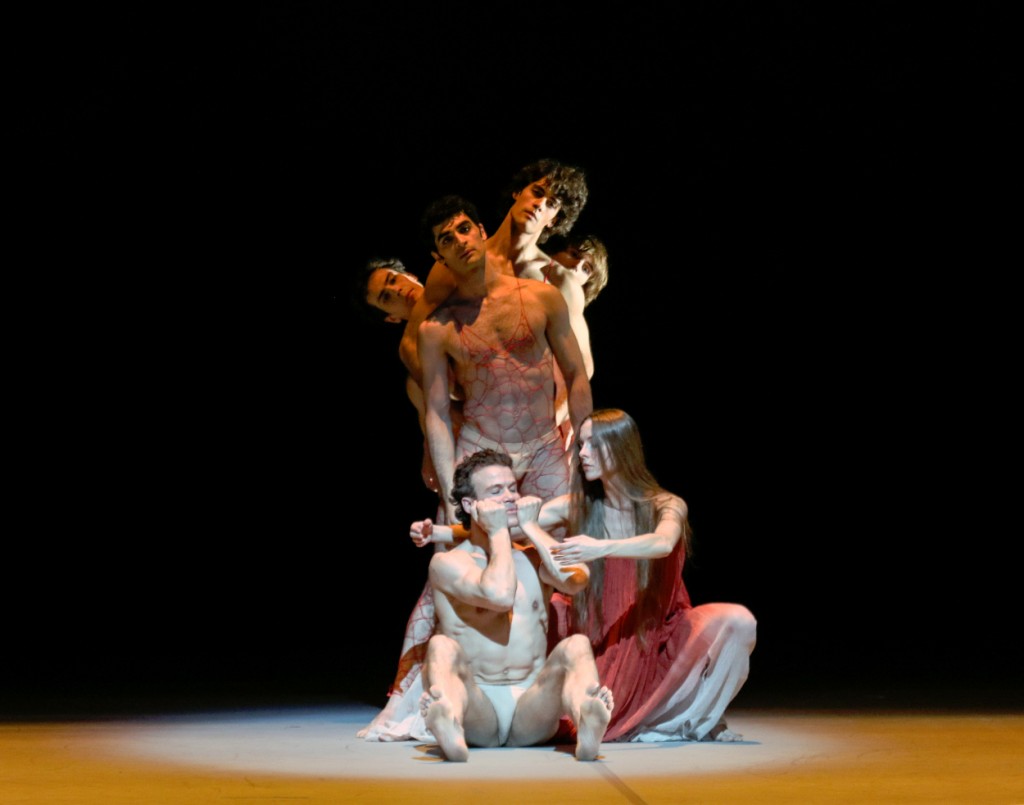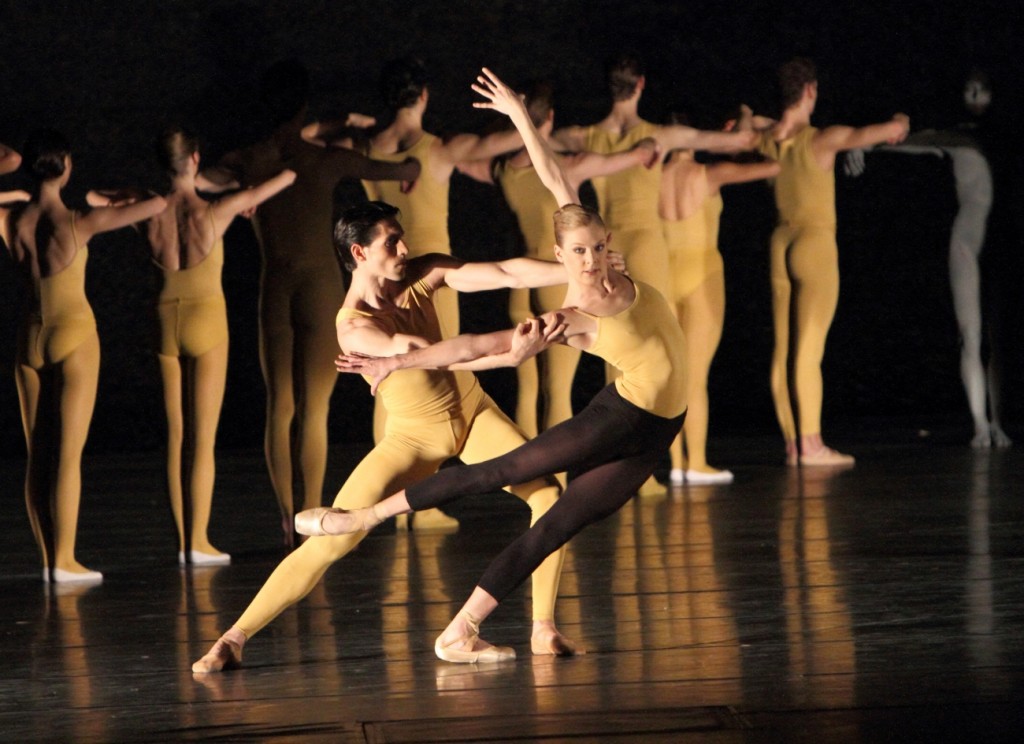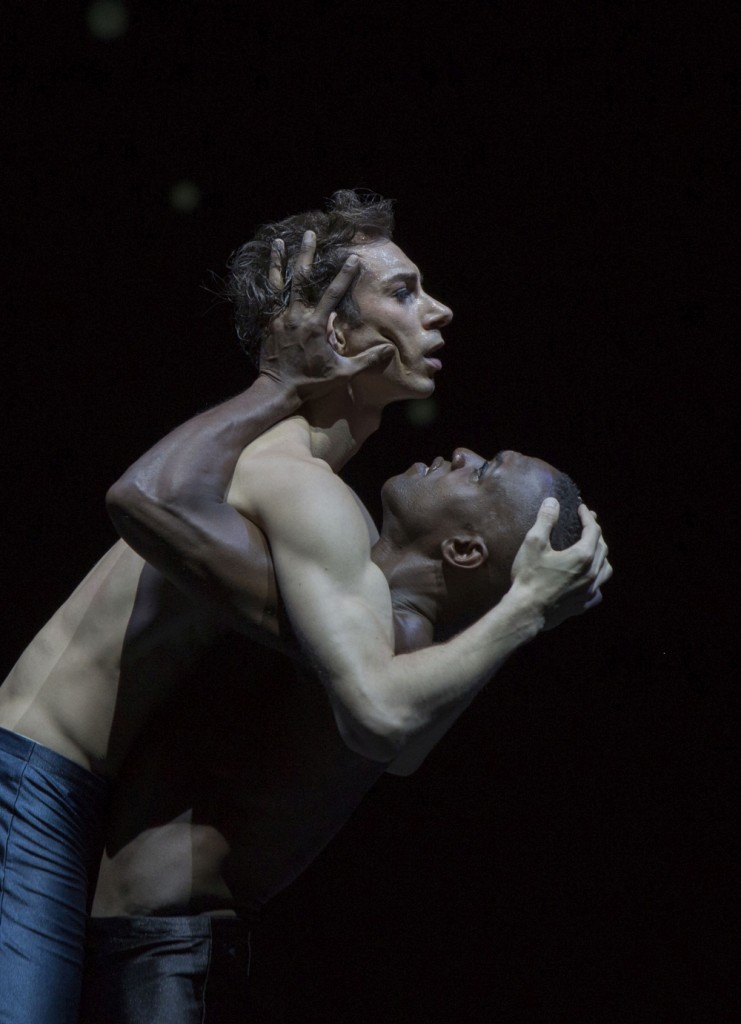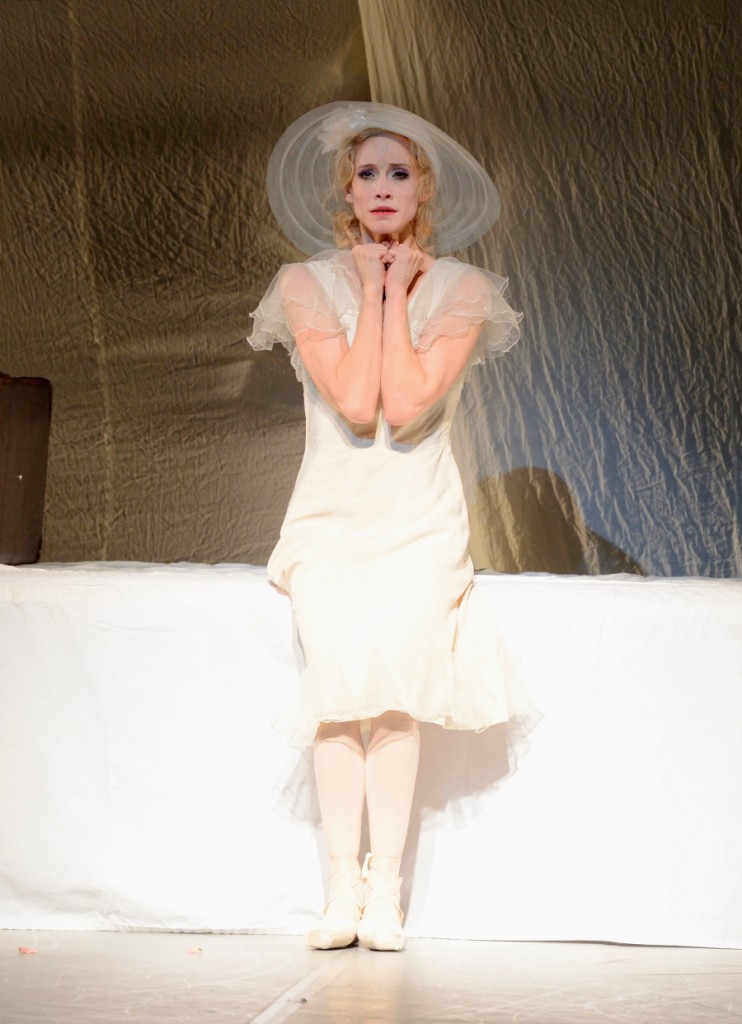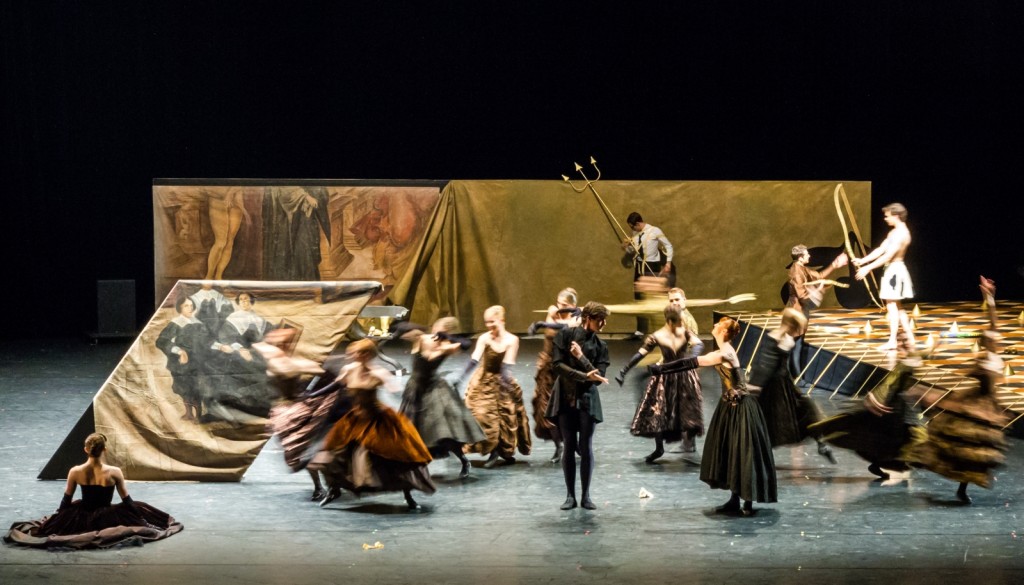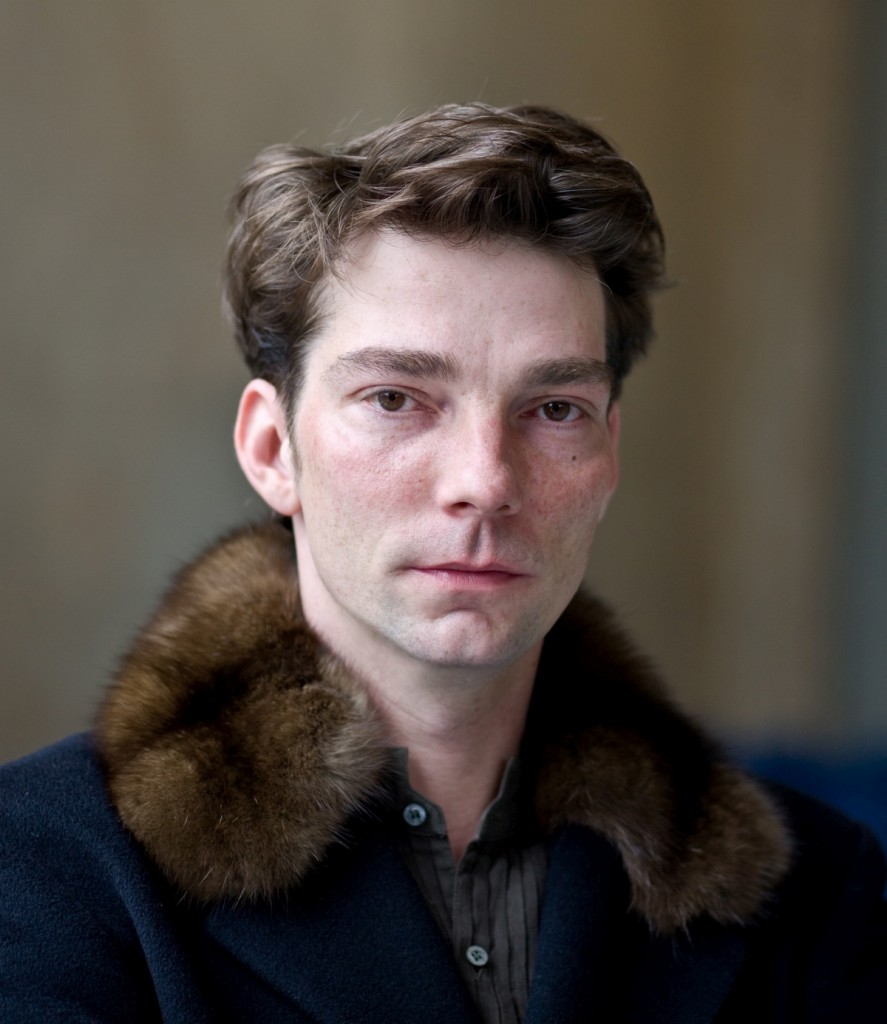A Star Enters Another Orbit
Jiří Bubeníček
Dresden, Germany
October, 2015
by Ilona Landgraf
Copyright © 2015 by Ilona Landgraf
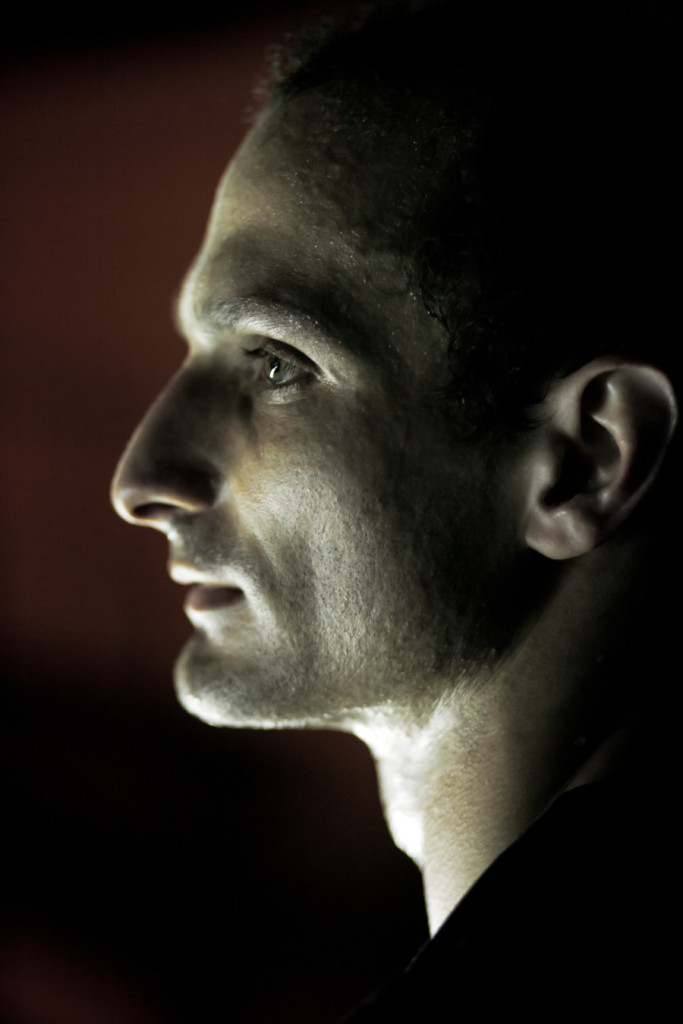 In about one week Semperoper Ballet Dresden will lose one of its mainstays, a formative figure of the company, the idol of the Saxon audience, Principal Jiří Bubeníček, who will bid farewell to the Semperoper stage on November 11th as Des Grieux in Kenneth MacMillan’s “Manon”. In 2009, already a longtime internationally recognized choreographer, he mentioned in an interview on the occasion of a new creation for New York City Ballet that he would have to decide soon whether to focus on dancing or on choreographing. Since then he has managed the balancing act between giving top-notch performances and creating even more ballets.
In about one week Semperoper Ballet Dresden will lose one of its mainstays, a formative figure of the company, the idol of the Saxon audience, Principal Jiří Bubeníček, who will bid farewell to the Semperoper stage on November 11th as Des Grieux in Kenneth MacMillan’s “Manon”. In 2009, already a longtime internationally recognized choreographer, he mentioned in an interview on the occasion of a new creation for New York City Ballet that he would have to decide soon whether to focus on dancing or on choreographing. Since then he has managed the balancing act between giving top-notch performances and creating even more ballets.
Jiří’s twin brother Otto had already bid goodby to Hamburg Ballet’s stage at the end of last season. Both are a perfectly attuned team. Jiří choreographs, Otto is in charge of set and costumes; sometimes he also composes the music. Now, shortly after turning forty-one, the time has also come for Jiří to finally stop dancing full-time. His schedule book is packed with commissions for the next two years. So there won’t be time to put up his feet after the final bow. But that would not suit Bubeníček’s nature anyway. A man of action he loves to be busy. Running several projects at the same time isn’t unusual for him. (more…)
